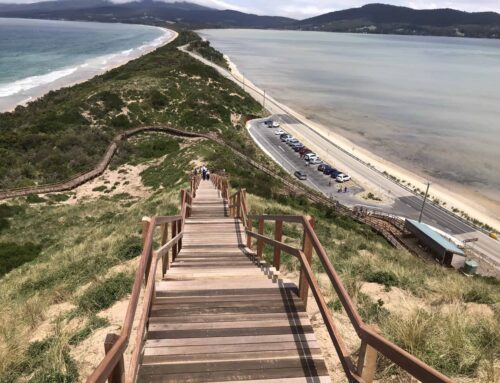Tasmania, once known as Van Diemen’s Land, is filled with a rich and diverse history of a convict past. It was the second colony to be established by the British, in 1803. They include Tasmania’s first penal colony, established on Macquarie Island and the notorious Port Arthur – both hosting grim and grotesque pasts!
UNESCO World Heritage-listed five sites (of Australia’s 11 in total) within Tasmania. This makes the island’s convict history—from the remains of its prisons to the state’s earliest infrastructure—a compelling part of any visit. Considered by UNESCO to be a place of “Outstanding universal value.”
1. Hobart
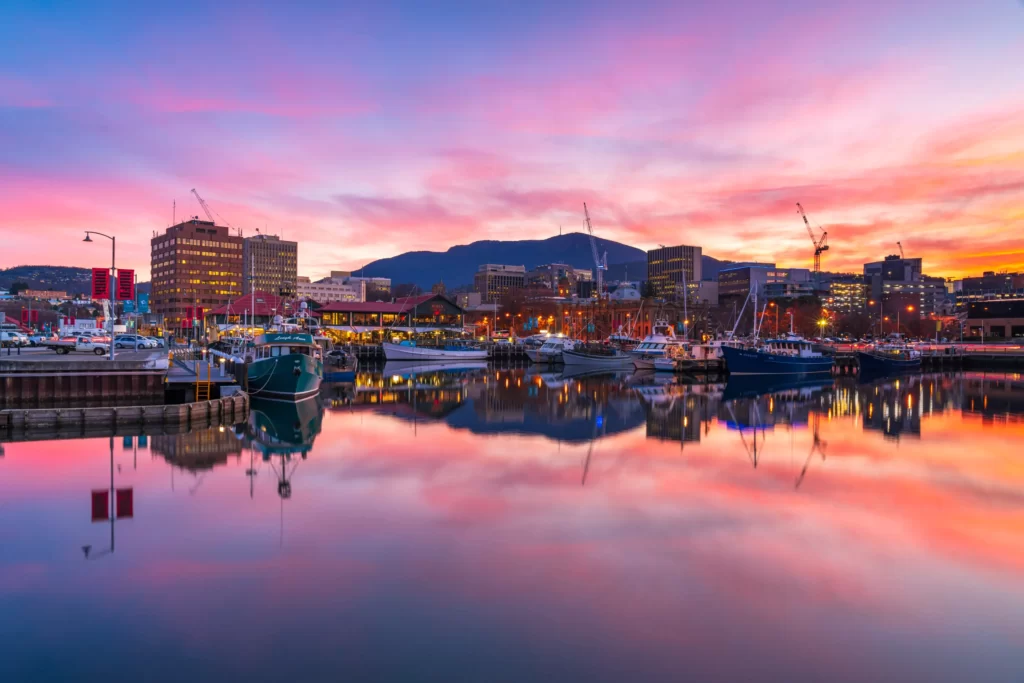
It is the capital of Tasmania, a small but beautiful island state located off the southeast coast of Australia. Founded in 1804 as a penal colony. As the colony grew, so too did Hobart town. It steadily developed into a bustling regional capital, forging strong bonds with the many diverse communities that have made their livelihood on the island. The city preserves a proud maritime and convict past, and still has a distinctive character that is evident in its many colonial-era buildings, quaint wharves, and diverse surrounding communities. Hobart has grown to be a vibrant hub for arts, culture, and entertainment. It is home to world-renowned museums, galleries, and a thriving arts and culture scene.
The Cascades Female Factory in South Hobart, Tasmania, is a former factory and convict institution for women. Built in the early 19th century, it is one of the 11 sites that make up the Australian Convict Sites World Heritage Property, inscribed in 2010. Today, it functions as a museum and is open for public tours. Here, you can explore and learn about this unique part of Australian history. You will also have the chance to explore interactive audio-visual displays, learn about some of the most colourful inmates, and gain insight into the significant role of the female factory in the foundation of modern day Australia.
Hobart is the perfect location to base a trip and learn about the local history of Tasmania.
2. Port Arthur
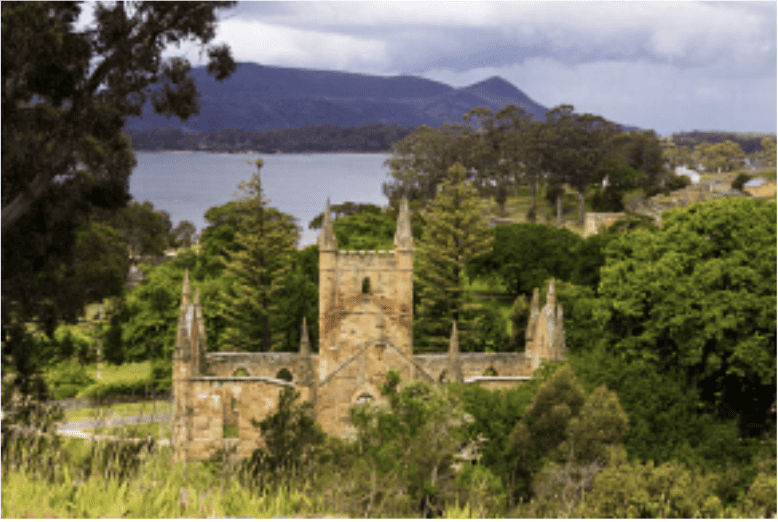
An easy drive from Hobart, and a place of historical and constitutional importance in Australia. Port Arthur historic site is an experience that you will both see and feel when you visit. This site is truly immersive, leaving you both reflective and curious. It is a location of significant importance in the local history of Tasmania.
Port Arthur, a 19th-century penal settlement, is an open-air museum with many historical sites to visit and become immersed in. There are several ways to experience Port Arthur, from viewing of the establishment via a guided tour, a self-guided walk or with a harbour cruise.
Port Arthur is one of the most popular tourist destinations in Tasmania. This 19th century former convict prison is a significant part of Australia’s history.
3. Richmond
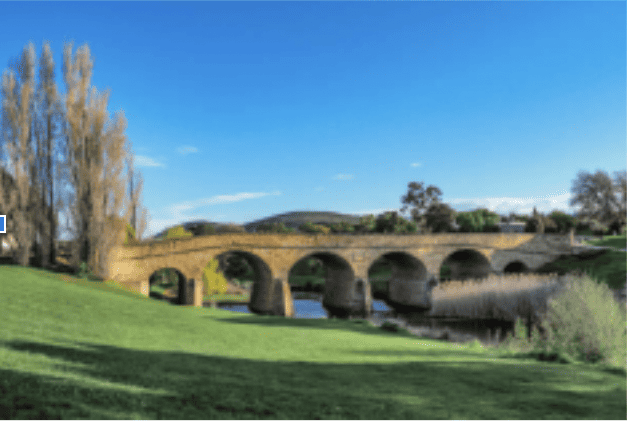
For those who are looking to enjoy a taste of Tasmania’s history and the local produce, Richmond is your town. Richmond provides experiences for those looking to dive into the history of Tasmania. Everyone in Richmond can experience the renowned Georgian architecture and beautiful heritage buildings of the village. Historical activities and experiences include, museums, the Richmond Bridge and Richmond Gaol.
4. Huon Valley
With a rich history, dating back to the 19th century, the area was once the home of the Oyster Bay Tribe. It had an abundance of fruits and vegetables. Matthew Flinders explored the area in 1792, and the French later settled and developed it. The Huon Valley has a rich agricultural history developing as a centre for market gardening, timber milling, fishing, oyster farming and ship-building. The area is renowned for its fruit production, including apples, pears and cherries, as well as its wine industry. Huon Valley also has a booming tourism industry, with its stunning landscapes, rich culture and local arts and crafts market attracting visitors from around the world. Its unique history has made Huon Valley one of Tasmania’s most celebrated regions.
5. Botanical Gardens
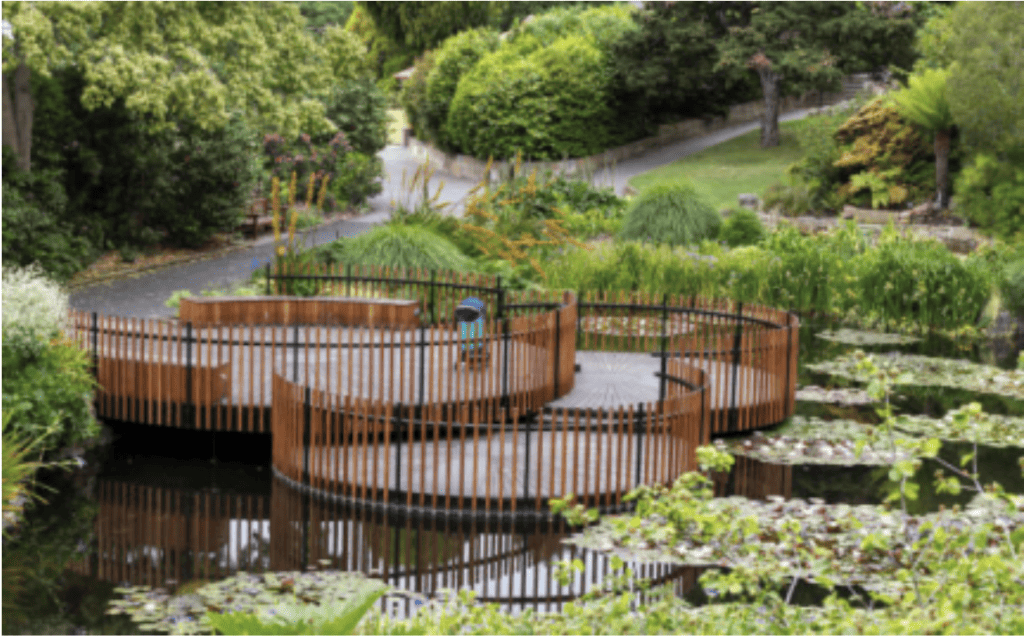
First established in 1818 by Lieutenant Governor David Collins as one of the original set tlement gardens of Tasmania. The Gardens were initially known as the Queen’s Domain and the plants were initially collected from natural habitats. In 1866, someone appointed the first director and continued to develop the Gardens throughout the 19th century. The
Royal Tasmanian Botanical Gardens (RTBG) was officially opened by the Prince of Wales, later to become King Edward VII, in 1901. Since then, the Gardens have grown to include a variety of collections and displays. The Upper Gardens are home to ornamental plantings, while the Lower Gardens feature a range of native species from Tasmania and New Zealand.
The extensive rock garden is one of the highlights of the RTBG. It depicts scenes of the high country of Tasmania with more than 1,000 species of alpine and sub-alpine plants. The Gardens also host a range of events throughout the year, including story time, art and craft classes and guided walks. The RTBG is the host of the prestigious Regional Prize of the Australian Institute of Landscape Architects (AILA) and the recipient of the Keep Australia Beautiful ‘Tidy Towns’ award for the best-managed parklands in Tasmania. The RTBG is an important part of Tasmanian history and continues to be cherished by locals and tourists alike.
6. Derwent Valley
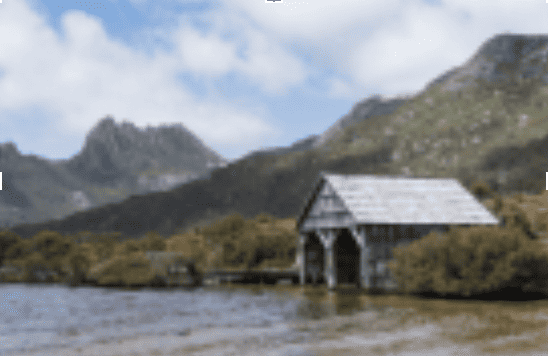
A small rural community located on the Derwent River. Founded in the early 1800s, it is the oldest settlement in the region and has a long and fascinating history. It is home to some of Tasmania’s earliest and most successful pioneer settlements. The area is known for its agricultural, pastoral, and commercial activities, as well as fishing and hunting.
Over the years, the Derwent River has provided ample opportunities for recreational activities such as swimming, sailing, kayaking, fishing, and boating. The Derwent Valley is a popular tourist and residential destination, thanks to its proximity to several national parks and forest reserves, including Mount Field National Park, Great Lake Conservation Area and the Tasmanian Wilderness World Heritage Area.
7. Bass Strait
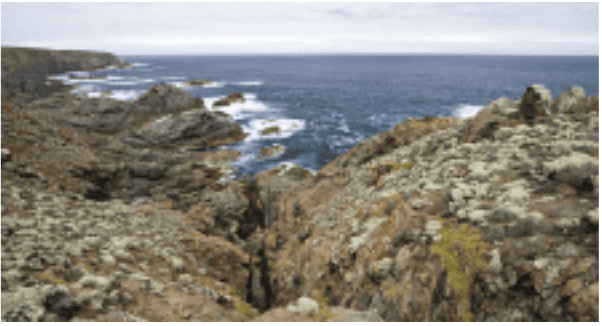
Located between mainland Australia and the island of Tasmania, and named after English explorer George Bass. While searching for a suitable route from Sydney, New South Wales to Tasmania in 1797 he sailed through it. Bass Strait has been a major source of freight and passengers for Tasmania since European settlement in 1803. The strait has also been an important source of fishing activity for both Tasmania and mainland Australia. While the smaller Boat Harbour has a history of fishery, it is the larger Macquarie Harbour that has had a greater focus on fishing. The tidal variation of up to 8 metres allows for the migration of many species, especially shellfish.
8. World War
Tasmania played an important role in World War One. At the outbreak of the war, Tasmania committed over 12,000 men to the war effort. During the war, Tasmania provided the Australian Imperial Expeditionary Force with men, supplies and support to help with the war effort. Tasmania was heavily involved in the war. Its soldiers served in all major theatres of war. Tasmania’s economy also boomed during the war. This was largely due to the demand for mined ore, timber and produce for the war effort. After the war, soldiers returned to Tasmania and the state aided in the rebuilding of its war-scarred world. The World War was significant in forming the local history of Tasmania.
9. Coal Mining
Coal mining has a long association with Tasmania. The history began in 1833 when coal was first mined on the island. In the early 20th century, coal mines dotted the island as coal mining grew to become an important part of Tasmania’s economy. However, by the mid-20th century, the industry had declined due to the development of alternative energy sources. Today, only one coal mine remains in Tasmania, Fentonbury Mine. It is located in the northwestern part of the state near the town of Burnie. Established in the 1970s, it is the oldest and largest coal mine in the region. It continues to provide employment to the local community.
10. Aboriginal History
For much of the 20th century, the Tasmanian Aboriginal people/ Palawa or Pakana were widely thought of as being an extinct cultural and ethnic group.
They first arrived around 40 000years ago in Tasmania (then a peninsular of Australia). The ancestors of the Aboriginal people were cut off from the Australian mainland by raising sea levels in 6000 BC. They lived on the isolated island for 8000 years, until European contact.
Historically, the Aboriginal people of Tasmania created art in the form of sand, cave and bark paintings, shell necklaces, stone tools, and baskets. Art objects were used to record stories, connect people to their families, and inform the teaching process.
The first Aboriginal art was created by the nomadic tribes of the Big River, Isolation, and Oyster Bay people. Sand and bark paintings were very important. They were used to mark and record important events, share knowledge, and arrange spiritual understanding.


